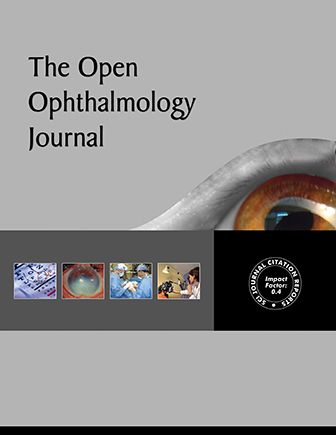All published articles of this journal are available on ScienceDirect.
Efficacy of Transconjunctival Botulinum Toxin Type A Injection for the Treatment of Thyroid Eye Disease-Induced Upper Eyelid Retraction
Abstract
Introduction
This study aimed to investigate the efficacy and side effects of transconjunctival botulinum toxin type A (BTX-A) injection for treating upper eyelid retraction (ULR) associated with thyroid eye disease (TED).
Methods
This clinical before–after case series involved 30 eyes of 26 patients with TED-induced ULR in the congestive and fibrotic stages. BTX-A (Dysport®) was injected into the levator palpebrae superioris through the conjunctiva at 10, 20, and 30 UI, depending on the baseline margin reflex distance 1 (MRD1) level. Patients were monitored and followed up at 1 week, 1, 3, and 6 months postinjections. Complications and patients’ feelings after treatment were documented.
Results
The mean MRD1 decreased to 3.5 ± 2.08 mm after a week. The success rate (MRD1 within a normal range) was highest 3 months postinjection at 66.67%. Ptosis was the only complication with a 60% incidence rate and lasted not >3 months. In the significant majority of patients, the symptoms reduced, and they were satisfied with their appearance posttreatment (73.07%).
Discussion
This method is applied to manage ULR due to TED, especially in patients who are unwilling for surgeries with a high success rate, reducing discomforts and improving patient satisfaction with their appearance.
Conclusion
Transconjunctival BTX-A injection is an effective and safe method for treating TED-induced ULR. However, ptosis is a prevalent transient complication.


